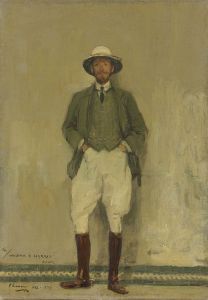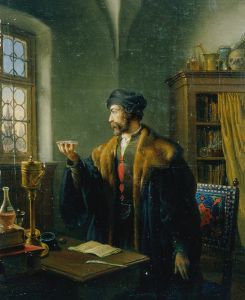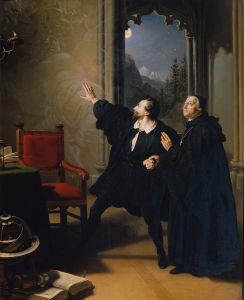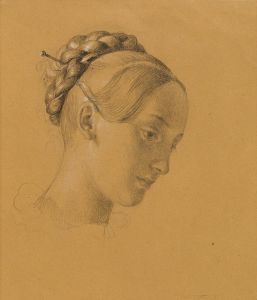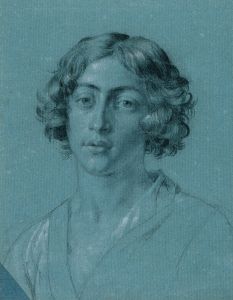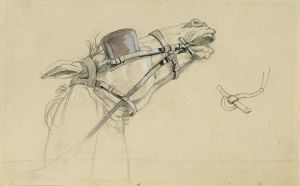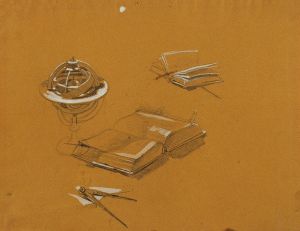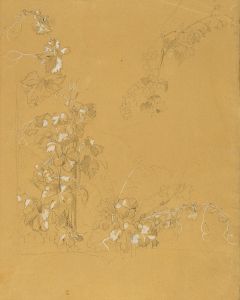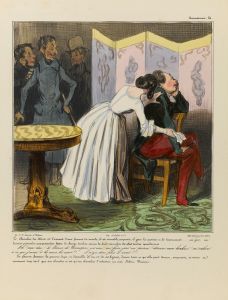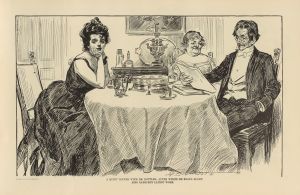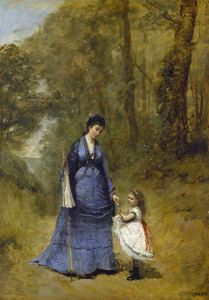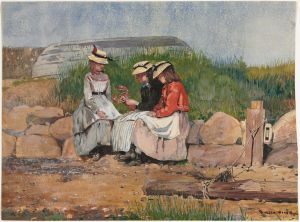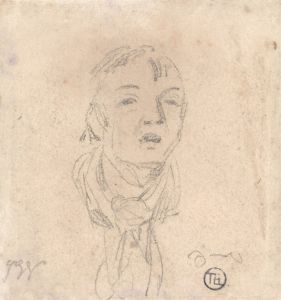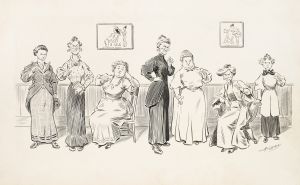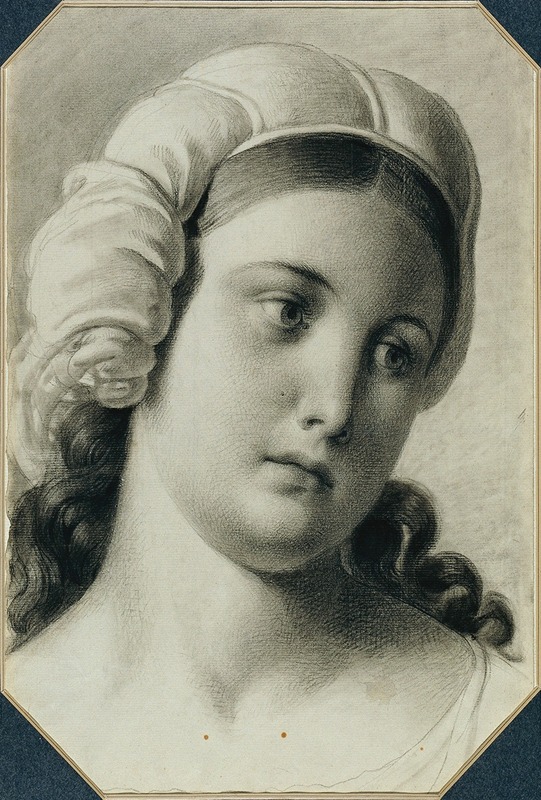
Tochter Julie
A hand-painted replica of Johann Peter Krafft’s masterpiece Tochter Julie, meticulously crafted by professional artists to capture the true essence of the original. Each piece is created with museum-quality canvas and rare mineral pigments, carefully painted by experienced artists with delicate brushstrokes and rich, layered colors to perfectly recreate the texture of the original artwork. Unlike machine-printed reproductions, this hand-painted version brings the painting to life, infused with the artist’s emotions and skill in every stroke. Whether for personal collection or home decoration, it instantly elevates the artistic atmosphere of any space.
Johann Peter Krafft was an Austrian painter known for his contributions to the Biedermeier period, a style that flourished in Central Europe between 1815 and 1848. One of his notable works is "Tochter Julie," which translates to "Daughter Julie." This painting is a fine example of Krafft's ability to capture the essence of the Biedermeier aesthetic, characterized by its focus on middle-class domesticity, detailed realism, and an emphasis on the personal and intimate aspects of life.
"Tochter Julie" is a portrait that exemplifies Krafft's skill in rendering human subjects with warmth and precision. The painting depicts a young girl, presumably named Julie, who is portrayed with a sense of innocence and tranquility. Krafft's attention to detail is evident in the way he captures the texture of her clothing, the softness of her skin, and the gentle expression on her face. The background is typically understated, drawing attention to the subject and allowing her presence to dominate the composition.
Krafft's work during this period often focused on themes of family and domestic life, reflecting the values and interests of the burgeoning middle class in Austria. The Biedermeier period was marked by a shift away from the grandeur and drama of earlier artistic movements, such as the Baroque and Rococo, towards a more subdued and personal approach. This is clearly reflected in "Tochter Julie," where the emphasis is on the individual and the intimate setting rather than on grandiose themes or elaborate backgrounds.
The painting is also notable for its use of light and color, which are employed to enhance the realism and emotional depth of the subject. Krafft's technique involves a careful modulation of light to create a sense of volume and depth, giving the portrait a lifelike quality. The color palette is typically soft and harmonious, contributing to the serene and contemplative mood of the piece.
Johann Peter Krafft was a prominent figure in the Viennese art scene and served as a professor at the Academy of Fine Arts in Vienna. His work, including "Tochter Julie," played a significant role in shaping the artistic landscape of the time. Krafft's paintings are celebrated for their technical proficiency and their ability to convey the subtleties of human emotion and character.
"Tochter Julie" remains an important work within Krafft's oeuvre, illustrating his mastery of portraiture and his contribution to the Biedermeier style. The painting is a testament to Krafft's ability to capture the spirit of his time, reflecting the cultural and social dynamics of early 19th-century Austria. Through his art, Krafft offers a window into the lives and values of the people of his era, making "Tochter Julie" not only a work of aesthetic beauty but also a valuable historical document.





